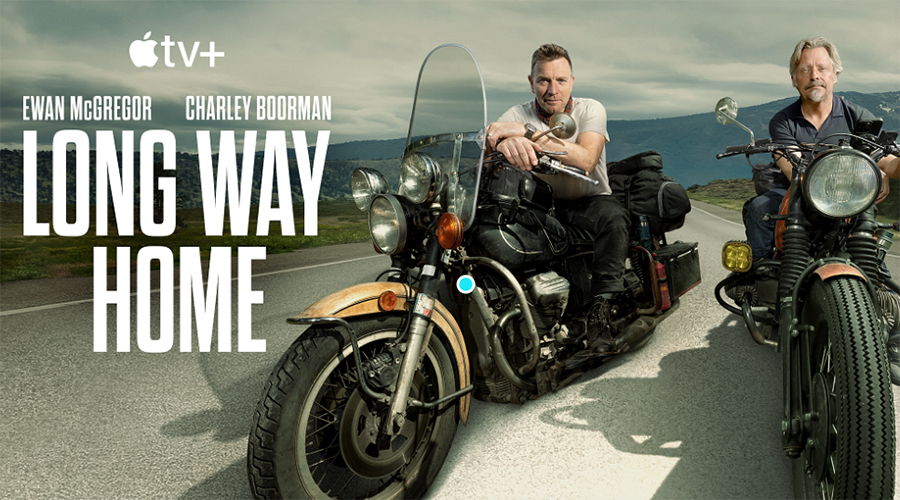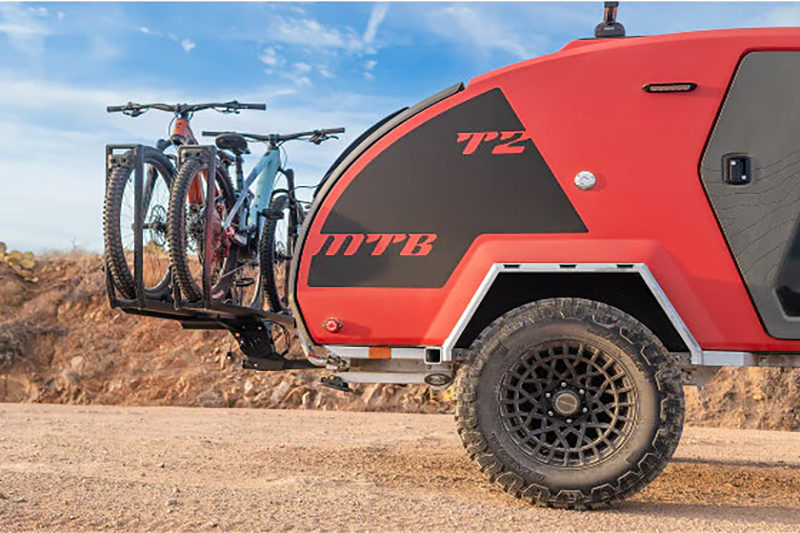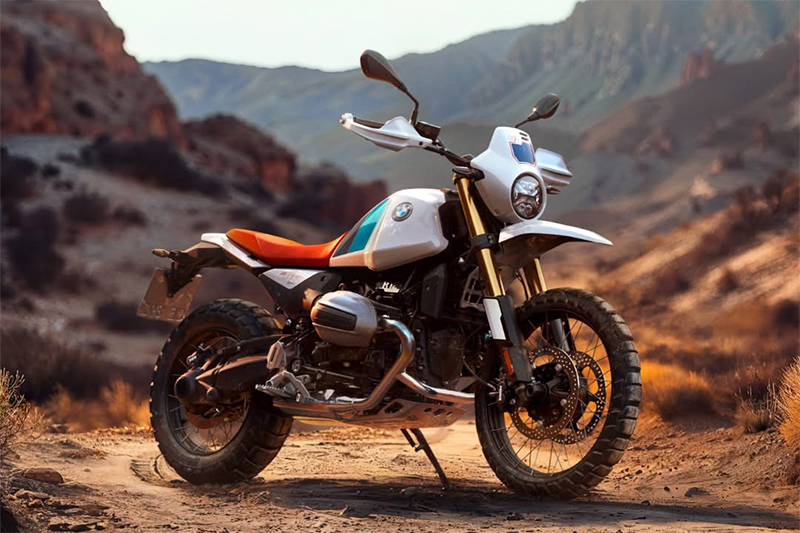Getting outdoors with your four-legged adventurer
I stood speechless, high above the Escalante River. This scene and others before it explain why I explore the backcountry. I “captured” this view by driving 50 miles of rough, dirt roads and hiking two miles to the canyon rim. I find adventuring in the backcountry both satisfying and addicting.

“Where’s Ruby?” I asked my friend, Denine, as I turned to look for my dog. Ruby, an Australian Shepherd, sat calmly at my ankles, unnoticed, staring into the wilds of canyon country. “Oh, there you are,” I said as I squatted to pet her. For many of us, adventuring in the backcountry is relaxing, satisfying, and pure joy. What could make it better? Adventuring with your canine.
Exploring the wilds of North America with Ruby requires a balancing act. Some positives, some negatives. Regardless, if offered the opportunity, Ruby always adventures with me. Overlanding with her the last few years, I have learned some things.
Know Your Dog (Does your dog like to chill or thrill?)
We descended Boulder Mountain outside of Torrey, Utah, on beautiful Highway 12; Ruby sat up front on Denine’s lap. Ruby focused on everywhere and everything. She swiveled her head as she changed focus in all directions. I turned my Land Cruiser onto the trailhead for the Upper Calf Creek Falls Trail. As soon as I opened the door, Ruby leaped from the vehicle and began sniffing every juniper tree in sight.
It’s critical to know the mannerisms and nature of your dog. What makes your dog happy? Taking a nap for five hours while traveling through the backcountry?Or romping nonstop outside? Does your dog have endless energy or none at all? Knowing how your dog behaves is important so that you and your canine can create a fun, stress- free adventure. Ruby is energetic; every two to three hours, I need to let her run and play. If not, she goes stir crazy and begins jumping from the front seat to the back seat, over and over again. She anticipates experiencing the outdoors by “running” through it.

After packing our gear, we hiked to Upper Calf Creek Falls. The trail traversed sand and slickrock. Ruby had a blast. She sprinted ahead to check things out and then returned to make sure we were moving forward—her herding instinct on full display. Ruby leaped from boulders, jumped off rock ledges, and sprinted through the soft sand, beckoning us to follow her lead.
“Wow!” Denine exclaimed. The falls looked stunning. Ruby calmly sat and savored the views of this desert oasis. “She’s happy, isn’t she?” Denine asked. “Yep, she’s in her element,” I replied.
Each dog is different. Tailoring your trip around your dog’s needs will make the entire experience more enjoyable. My former dog, Ginger, was a Pomeranian who also loved to run and hike outside. But as she got older she got slower. It was hard for her to keep pace. What to do? I placed her in a backpack when her energy drained, and she enjoyed the rest of the hike as a passenger. Knowing your dog’s personality, abilities, and activity preferences is critical in any overlanding trip. Your dog will be happier, and so will you!
Bring the Right Gear
It’s important to pack the appropriate gear for your dog. As overlanders, we are inundated with gear. Great gear. Refrigerators, organizational drawers, suspension systems, etc. make the backcountry adventure more comfortable and enjoyable. The same is true for your dog. Gear can literally make or break a trip. Plan ahead and bring the right gear for you and your canine.
The day after our hike to Upper Calf Creek Falls, my friends from Arizona, Shane and Mark, joined Denine and me. We hiked over fields of undulating slickrock toward the Escalante River. After a few miles, we found ourselves on the rim of the canyon. The problem was that we had to descend a hundred feet or so through broken rock to continue on the trail. Of course, we had packed Ruby’s Ruffwear Doubleback harness. The harness is made to securely hold Ruby while she is lowered or raised on a rope. I clipped the rope into the top loop of her harness, and Denine lowered Ruby while I spotted her from the bottom.

As we hiked through canyon country, we stopped to hydrate ourselves. What about Ruby? I placed a collapsible water dish in the sand, poured some water into it, and Ruby quenched her thirst. At the same time, I observed her paws to make sure they were not torn or worn. Dog booties are an outstanding, effective piece of gear. With her paws in good condition, we continued our jaunt in canyon country.
Roughly six hours later, we returned to our vehicles, exhausted. We cracked open some celebratory beers and munched on chips and salsa. Life was good. Ruby crashed on her blanket while she ate a few pieces of her dog food. The blanket is perfect for throwing on the backseat of my vehicle, inside my tent, or onto a resting place after a day wandering around canyon country. We savored the views of the setting sun hitting the high peak of Navajo Mountain on the south shores of Lake Powell. All of us were tired, a good tired.
Quality gear can make or break a trip for both people and dogs. Whether it’s a cold beverage taken out of a 12-volt refrigerator or a doggie blanket offered at the end of the day. Get, and bring, the right gear!

Know/Understand the Environment
The following day, we delved deeper into canyon country, hiking to an exquisite canyon some 50 miles off pavement in one of the most remote spots in the lower 48. The hike involved following a clear, spring-fed stream down the canyon to the shores of Lake Powell. All of us marveled at the 300-500-foot walls and the simple, natural beauty of red rock country. Ruby ran ahead, then glanced back and retreated. She ran up to us, wanting to nip at our ankles to pick up the pace, but instead, she just looked at us with a face that said, “Hurry up guys, you’re missing out! This place is crazy beautiful. Let’s go!”
Knowing the environment you plan to explore is critically important. Will there be water? What will the temperatures be? Are dogs allowed? Are there leash laws? Many of America’s natural wonders are protected, and many are protected from dogs. For example, national parks allow dogs but, usually, dogs have to stay in vehicles or remain on paved trails. So, that epic hike deep in the Grand Tetons might not happen with your canine. Dogs are generally able to explore in national forests and Bureau of Land Management land without many restrictions. I plan more diligently when I bring Ruby. I consider places that allow dogs, the air temperatures, and activities that we can do together.
The Grand Staircase-Escalante National Monument allows dogs. And, with the temperature in the low 60s and water along the entire hike, Ruby was jubilant as she led us farther into the red rock splendor. Denine and I stared in awe at the thousand-year old rock art panel we discovered below a canyon rim arch. The etchings covered the wall with intricate detail. We scanned the walls for more pictures. Bear’s feet, bighorn sheep, and unexplainable images covered the wall. Surely, we were not the first visitors to this desert wonder.
Ruby drank a few sips of water and raced again down the canyon. We peered into the alcoves of the high, red canyon walls looking for dwellings of the past. We savored the stillness and quietness of the canyon. The Anasazi lived in this canyon 700-800 years ago. In fact, dwellings and writings line all of the canyons along the Colorado River. Much of that history is now under the water of Lake Powell, formed when the Colorado River was dammed in 1966.
Man’s Best Friend-Woman’s Too
Denine, Ruby, and I returned to my Land Cruiser, while Shane and Mark decided to spend the night deep in the canyon waiting for the morning light and a specific photo shot. Once again, we enjoyed chips, salsa, and beers while tired Ruby crashed on her blanket. We admired the views of the setting sun’s rays hitting the high desert peaks. This hour on the Colorado Plateau is magical. And, a little better with my best friend, Ruby.
We loaded our gear in the Land Cruiser and decided to motor back toward Escalante. The Hole in the Rock Road is a 60-mile, rough, dirt road and we wanted to cover a little distance before nightfall. We spotted a campsite 25 miles or so later. Within minutes, we unpacked, climbed into our tents, and dozed into restful sleep. Ruby snuggled next to me where I had placed her blanket.

The following day, we completed the Hole in the Rock Road. Wait, there was a problem. Ruby wasn’t sitting in the front seat on one of our laps. She wasn’t bounding back and forth between front and back seats. I cocked my head back but couldn’t spot her. Where was she? Did I forget her? “Ah!” Denine whispered, she could see Ruby lying peacefully sound asleep in the back corner of the vehicle in her blanket. “She’s done,” Denine said.
“Agreed,” I responded.
I eased my Land Cruiser along Highway 12, cutting through the Grand Staircase-Escalante National Monument. Natural beauty surrounded us. I contemplated taking another short hike to a thousand-year old rock art panel. Denine liked the idea. As we slowed, Ruby reenergized. Yep, she was game and ready for more exploration.

Ruby’s Gear
Hey guys, Ruby here. I am a two and half-year old Australian Shepherd. My parents think I am high strung, but I would characterize myself as active. I travel often with my owners all over the American West. Sometimes I’m hiking the mountains of Colorado, playing in the mountain streams of Wyoming, or chasing rabbits in the deserts of Utah. My owners take me to many wonderful, scenic places. It’s really important for me to have the right gear to enjoy the adventure. Below is some of the gear that has worked for me. I hope to see you out there with your dog.
REI Co-Op Pack Towel ($9.95-$24.95, rei.com)
Yes, bring a towel! I love to get wet and dirty. My owners clean me before I jump into their vehicle. They love pack towels because they can easily hang from a pack and/or roof rack. They also dry much more quickly than thick cotton towels
Hair Brush (prices vary)
I get into everything! Store a brush in your vehicle to comb out any and everything from my hair.
Ruffwear Clear Lake Blanket ($79.95, ruffwear.com)
Oh yeah, I love to snuggle into my Clear Lake Blanket. Whether it’s after a long day hike or during a car ride, the blanket is cozy and comfortable. My owner can easily shake out the dirt after each adventure.
Ruffwear Quencher Bowl ($14.95, ruffwear.com)
I get thirsty. Who doesn’t? My owners use the Quencher Bowl to make fluids available as we adventure. The bowl is collapsible and packable, so they place it in the backpack. I don’t mind drinking out of lakes and rivers if the water is clean, but sometimes I find myself in dry deserts or in places with muddy water.
Ruffwear Knot-a-Hitch ($59.95, ruffwear.com)
Okay, I like to roam. Sometimes I run after rabbits or try to make new friends. My owners get upset and tie me to the Knot-a-Hitch. The simple design is a fixed-line rope attached between two points, while another line is attached to me. This system is supposed to keep me safe and secure. I’m not happy, but it works, and my owners are quite happy.
Ruffwear Doubleback Harness ($124.95, ruffwear.com)
Whether I am canyoneering in the Grand Staircase-Escalante National Monument or in the San Rafael Swell, this harness is comfortable and secure to wear all day. My owners use the top loop to pick me up and move me over obstacles. The leg loops and chest strap create a safe, comfortable ride while I am being raised or lowered on a rope. Plus, it looks cool and good on me.
OutdoorX4 Magazine – Promoting responsible vehicle-based adventure travel and outdoors adventure











